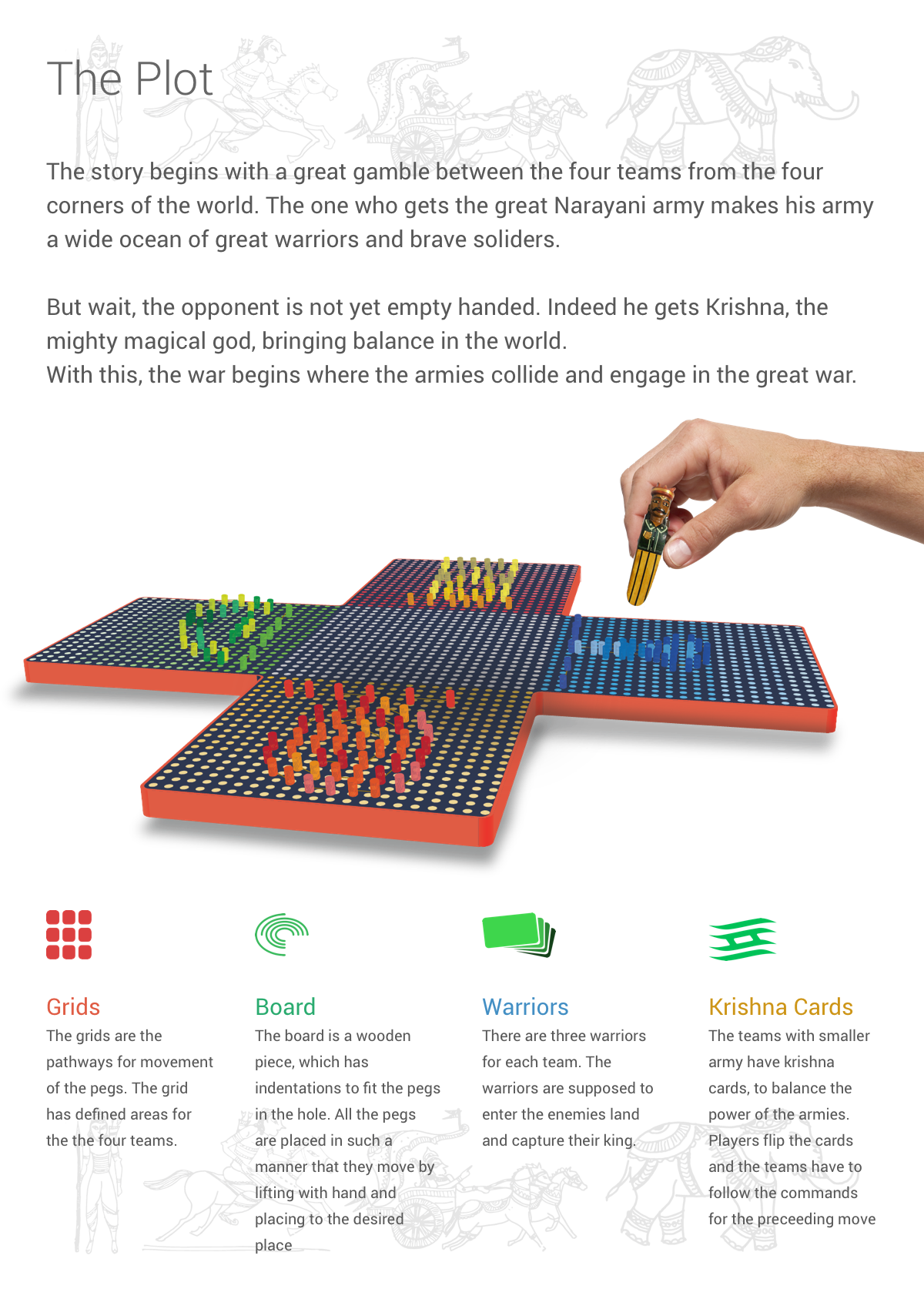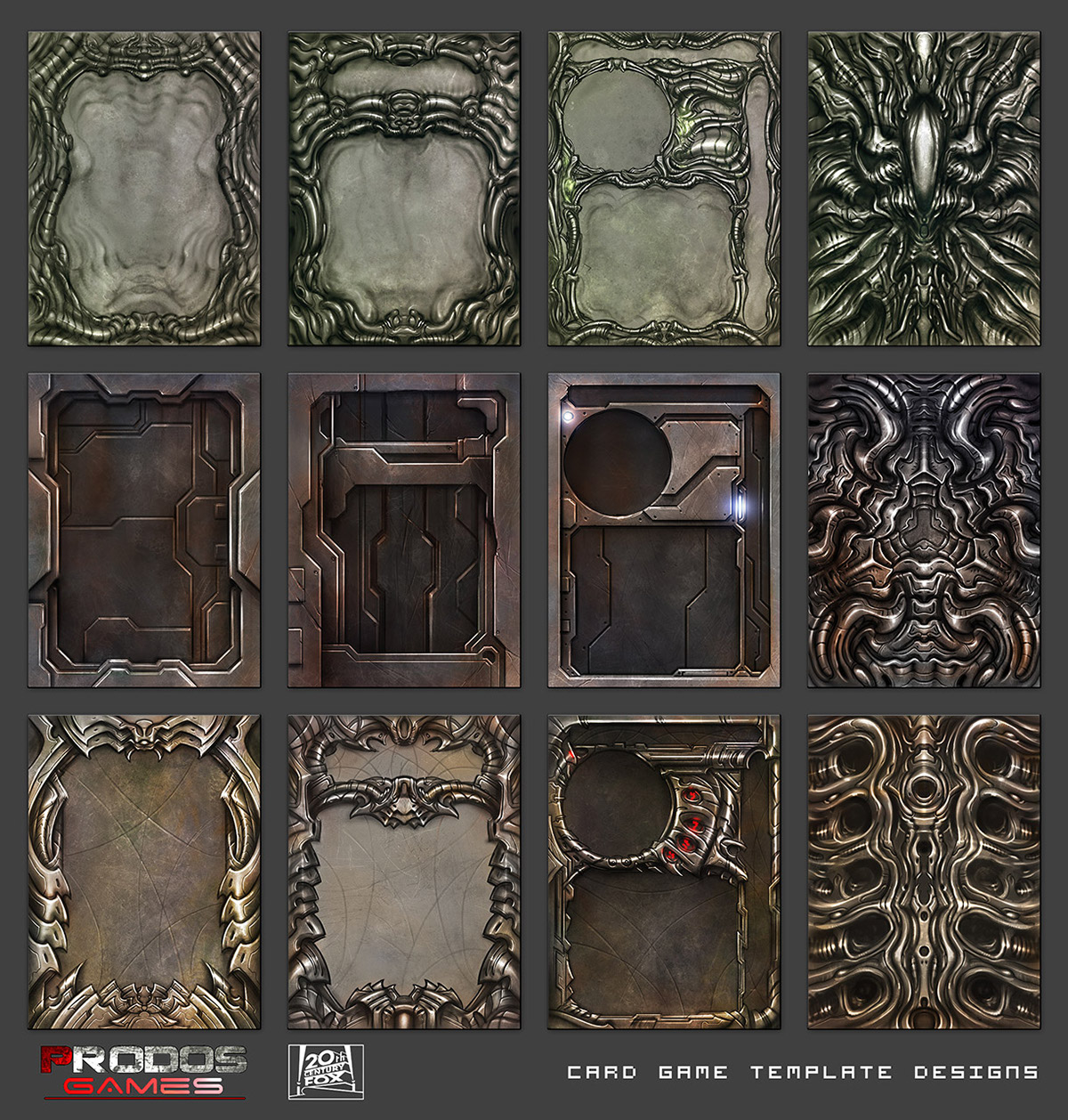Table Of Content

Every single video about a board game, no matter it is a review, how to play, listing etc., they all passively are giving you an idea of how to make a board game. You are a step ahead from the competition as you are doing this step even by reading this article on how to make a board game. You can find a lot when you read about the subject of how to make a board game, as there are thousands of written words that can guide you to your goal. Now that your board game is complete, gather your family and friends to play and enjoy the fruits of your labor. Take note of their feedback and make any necessary adjustments to improve the gameplay experience.
IT’S AS EASY AS 1-2-3
Whether you’re going to make everything yourself or hunt for a publisher, you are ready. These games can feel great when you’re introducing new people to them, but once you know how to play you don’t choose to return. Alternatively, you’ve designed your game and tested it extensively, and you want to make sure you’re ready to move on to manufacturing. Universal rules are much easier to understand than a series of exceptions, especially in board games. If you’ve reached this stage and have more questions, this guide to playtesting might answer them. Once you know the general flow of your game, try to play exclusively with other players.
Bulk Manufacturing
There has never been a better time to design or play the many different types of board games. Let’s take a look at some of the more dominant genres that exist. Mentions and depictions of board games have been seen as far back as ancient Egypt. This means that people have been creating and playing board games for nearly all of recorded human civilization. The strength of a given action depends on the value of the card played, so a four played to the move slot will let a character move four spaces.
How to Create a Board Game, The Smart Way
A common thread I find throughout all of these titles and more are great game mechanics. They are all relatively easy to pick up, have addictive features, and are able to be played over and over. For the Mountains of Madness, the game board is drawn out as a large, Arctic mountain, complete with spooky, forlorn visuals.
Delaying the creation of your MVP because you don’t have the perfect wooden rutabagas or image of a sorcerer is just procrastination. These things are not needed to test your concept, which is all you’re doing at the stage. However, you could say that the best program for you right now is the one you’ll use. The problem is, if you wait until you have everything you need and your game is absolutely perfect before you test it, you’ll never get your game to the table. The easiest way to get going is to create a minimum viable prototype (MVP).

Maybe you’ve been itching to make an engine builder, or a worker placement game, or a marketplace game. It’s not a destination, it’s more like the directions to get there or the vessel you’re traveling in. Everyone is familiar with the idea of inspiration—the reservoir of energy that propels you into creative work. All you have is a blank slate of personal experiences and preferences and you need to shape those into something you can actually play. Playtesting allows you to see how the game works, and most importantly, flows. By using Game Crafter, you can really begin to let your game take shape.
The Personal, Political Art of Board-Game Design - The New Yorker
The Personal, Political Art of Board-Game Design.
Posted: Thu, 21 Dec 2023 08:00:00 GMT [source]
Choose Your Approach
Thus, it began Kingdom Death, the insanely detailed role-playing board game. You might have an idea based on an existing board game, video game, movie, or even a scenario or a game name that you are trying to come up with a game around. This article is going to show you how to come up with an idea and turn it into the board game you’ve always wanted to play.
[CONSULTING] Atomech: Founder / Game Design Consultant
Before we dive into the nitty-gritty of making a board game, let’s take a moment to appreciate the rich history and evolution of this beloved form of entertainment. Getting a publisher is a lot more straightforward than it may seem. There is no guarantee that your game will interest publishers, but you can follow a concrete set of steps to give it a fair chance. Getting a publisher is a daunting process that requires shopping an almost-complete game around to multiple businesses, all of which might say no. Bulk manufacturing solves some critical problems when you want to sell your game at scale, but it’s also a lot of work. So there’s a clear advantage to bulk manufacturing, but you still need to consider cost and time.
Inclusivity is a vital consideration in board game design as it ensures that all players can enjoy the game regardless of their background or abilities. This includes color-blind accessibility, language dependency, and character diversity and portrayal. A game designed with inclusivity in mind ensures that all players feel welcome and accommodated.
By conceptualizing a game in this way, designers can create a unique and engaging experience that will keep players coming back for more. As a game designer, it’s important to constantly expand your knowledge and experience. Tabletop game design is a collaborative process, and seeking out the input of others can lead to a better end product. By keeping these things in mind, you can create truly exceptional board games that will endure the test of time. After selecting a theme and objective, it’s time to flesh out the concept.
The Divinity: Original Sin board game took 6 years to make because Larian was determined to do right by the series ... - PC Gamer
The Divinity: Original Sin board game took 6 years to make because Larian was determined to do right by the series ....
Posted: Fri, 26 Apr 2024 16:36:17 GMT [source]
The options above can be great for getting copies into your friends’ hands and/or personally overseeing quality control—but none of them are likely to lead to a breakout commercial success. Something as simple as a box becoming a quarter of an inch wider can cascade into your whole project, and that’s not something you can control. You’ve prototyped it, you’ve playtested extensively, you’ve balanced everything appropriately. If your game is “2-6 players,” then you need to run multiple play tests with 2, 3, 4, 5, and 6 players before you should say that.
You could draw all of the final art, make all of the pieces, design and craft the box, print out the instruction manual, and so on and so on. But it’s also possible to handle the final version of the game yourself, as well. Players are often thinking about these elements, but it’s up to you as the designer to verbalize them.
Keep in mind, if you defend your idea; they are going to hold back about other negative opinions, hence, the previous point is going to be futile. Try to hear out their points and write them down; even the tiniest point may change the paradigm of your game and its outcome. It must be cheap and expendable, so you can easily get rid of it and make new ones with new changes that you will need.
After choosing the theme, the time has come to choose an art style for your game. Try to apply the themes you have in mind and see if they work with your core gameplay. If the playtesters are complaining about something in your game, hold back your thoughts and never defend the mechanisms and gameplay elements.
I might even be able to develop an entirely new game in that window of time, then order those copies, overlapping games in a waterfall of development, manufacturing, and distribution. It takes the most time per copy, your initial startup fees for equipment are pretty high, and it can be hard to find new players since distribution is entirely up to you. Only invest in more detailed prototyping components when you have to (for instance if players can’t read your handwritten components). Maybe you have a rough idea of what your game means to people, where it fits into macrotrends within the industry, how you’d like your players to feel, and so on. It’s possible to make games with a bottom-up philosophy, starting with your components instead of your gameplay.
Just note them down and investigate if that problem is irritating or tangible by other people as well. Try not to apply any art to it, as its purpose is to deliver rules and gameplay. Don’t try to sugar-coat anything so people can see only what is within the core of the game. But it’s hosted on my company website, which is mostly about the “games” portion of “Stonemaier Games.” I’ve designed many of our games. In this tutorial, we will be discussing how to playtest and refine your board game. Making sure they are happy and understand the needs of your project is critical to your game’s success.

No comments:
Post a Comment